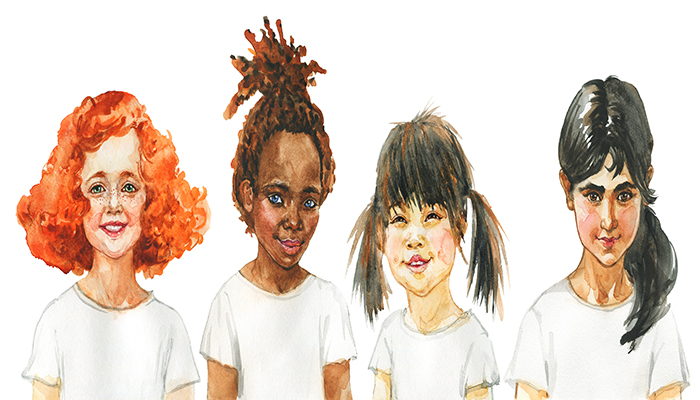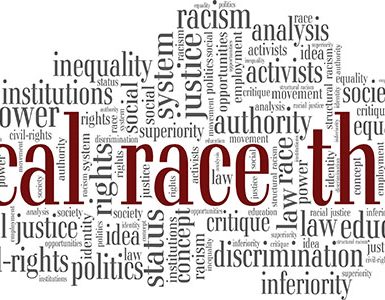Friday, October 11th, was International Day of the Girl Child. It was probably barely noticed amidst Hispanic Heritage and Breast Cancer Awareness months. However, it’s important that we recognize the challenges our sisters and daughters face as they grow up in a male-dominated society.
It’s easy to celebrate accomplished women, as we should, when they overcome the odds to succeed, especially in industries previously reserved for men. We’ve become somewhat accustomed to seeing women assume roles as scientists, engineers, construction workers, politicians, pilots, etc. However, that success is often dependent on how well they survive the obstacles thrown at them at an early age.
International Day of the Girl Child was established by the United Nations and first celebrated on October 11, 2012. It’s also known as the Day of Girls and the International Day of the Girl. The day is set aside to bring focus to more opportunities for girls and increase awareness of gender inequality faced by girls worldwide based upon their gender. Girls face inequality worldwide in access to education, nutrition, legal rights, medical care, protection from discrimination, violence against women, and equal pay, among other atrocities.
UN Women lists such atrocities as:
- Human Trafficking. Women and girls together account for 71 percent, with girls representing nearly three out of every four child trafficking victims. Nearly three out of every four trafficked women and girls are trafficked for the purpose of sexual exploitation.
- Genital Mutilation. At least 200 million women and girls alive today have undergone female genital mutilation in the 30 countries with representative data on prevalence. In most of these countries, the majority of girls were cut before age five.
- Forced Sex. Approximately 15 million adolescent girls (aged 15 to 19) worldwide have experienced forced sex (forced sexual intercourse or other sexual acts) at some point in their life. Out of these, 9 million adolescent girls were victimized within the past year. In the vast majority of countries, adolescent girls are most at risk of forced sex by a current/former husband, partner or boyfriend. Based on data from 30 countries, only one percent ever sought professional help.
- Bullying. Globally, one out of three students (aged 11 and 13 to 15 years) have been bullied by their peers at school at least on one day in the past month, with girls and boys equally likely to experience bullying. However, boys are more likely to experience physical bullying than girls, and girls are more likely to experience psychological bullying, particularly being ignored or left out or subject to nasty rumours. Girls also report being made fun of because of how their face or body looks more frequently than boys. School-related gender-based violence is a major obstacle to universal schooling and the right to education for girls.
- Sexual Assualt. Twenty-three percent of female undergraduate university students reported having experienced sexual assault or sexual misconduct in a survey across 27 universities in the United States in 2015. Rates of reporting to campus officials, law enforcement, or others ranged from five to 28 percent, depending on the specific type of behavior.
- Child Marriage. It is estimated that there are 650 million women and girls in the world today who were married before age 18.
So, even though the International Day of the Girl Child shares October with Hispanic Heritage and Breast Cancer Awareness, let us not lose sight of the plight of one of our most precious assets – our young girls.
“You may not control all the events that happen to you, but you can decide not to be reduced by them.” – Maya Angelou (Letter to My Daughter)


















Add comment